Varicose veins and Compression Socks
You may know them as spider veins or varicose veins. Appearing anywhere on the body, but most commonly the legs, as a notable mesh of blue-red veins that affect more than 80 million American adults. Whether you call them varicose or spider veins, they are the same disease that causes the appearance of veins close to the skin. The only difference between the two terms is that once tends to have a minor appearance, such as the spider veins. Spider veins appear as tiny bluish-red veins under the skin, while varicose are large and more dilated and can sometimes bulge out above the skin level.
The cause behind either of these is also the same and known as venous hypertension. If you're new here, you may be wondering why we're talking about varicose veins. The reason why is that compression socks are one of the best means of treating and preventing varicose veins, and we're excited to share how and why! Let's dive in!
What Are The Causes of Varicose Veins?
Your arteries have thick layers of muscle or elastic tissue to help circulate oxygen-rich blood from your lungs to all parts of your body. Your veins rely mainly on the surrounding muscles and networks of one-way valves to push the blood back to your heart. As blood flows through a vein, cup-like valves open to allow blood to go through, then close to prevent backflow.
When you have varicose veins, this means that the cup-shaped valves aren't working correctly. When the valves in your veins aren't working correctly, this allows blood to pool, making it difficult for your muscles to push the blood back up. Instead of flowing from one valve to the next, the blood will continue to pool, increasing venous pressure and the likelihood of congestion that can cause the veins to bulge and twist.
Superficial veins have less muscle support than deep veins, which also causes them to be more at risk of becoming varicose.
Any condition that puts large amounts of pressure on our legs or abdomen can also lead to varicose veins. The most common causes of varicose veins are pregnancy, obesity, and having to stand on your feet for long periods. Chronic constipation, and in rarer cases, tumors can also cause varicose veins and be sedentary, as muscles are generally in poor condition for blood-pumping action.
What are The Risk Factors for Varicose Veins?
Along with what we've listed above, varicose veins may be more common in some families—meaning they are inherited. Increased blood pressure in the veins can cause them, and some of the factors for increased blood pressure are:
• Aging
• Being female
• Being inactive
• Leg injury or leg injuries
• Pregnancy
• Smoking
• Taking oral contraceptive pills or hormone replacement therapy
DVT (Deep vein thrombosis) is a severe condition. It is when blood clots within the deeper veins. This condition is not generally associated with varicose veins because this affects the smaller veins very close to the skin's surface.
However, if the case of varicose veins is unusually severe, there is a slight chance of developing blood clots in the deeper veins. Blood clots need medical care and attention immediately. Symptoms of severe blood clots include pain, swelling, and redness in the leg. Blood clots can also happen in other parts of your body. If you have symptoms that may mean a blood clot, it is crucial to call your health care provider immediately.
How Compression Socks Help with Varicose Veins
Varicose veins can be uncomfortable. Swollen vessels can lead to aching, more swelling, and muscle cramping. For many, turning to compression socks can be a convenient means to dealing with and relieving these symptoms of varicose veins. Of course, these socks are not a cure for already formed varicose veins, but they can help with prevention and ongoing comfort and care of them.
Compression socks offer graduated pressure to encourage better, healthier blood flow. The highest compression is generally located around the foot and gradually lessens as they move up the leg toward the knee. The design of compression socks and their gentle compression helps your feet and lower leg veins push blood back up to your heart, creating better blood circulation in these vessels.
Compression socks can help prevent chronic venous insufficiency as well.
How Do You Wear Compression Socks for Varicose Veins?
The first most vital information about compression socks is that you should put them on first thing in the morning when you wake up. Try putting on your compression socks before you lower your legs and get out of bed.
When you sleep lying down, this position makes the valves in your veins function more efficiently than when you are sitting or standing. In a vertical position, gravity kicks in, and blood flow is compromised due to the damaged valves in varicose veins. Additionally, if you are prone to swelling, your feet or legs are less likely to be swollen when you first wake up.
Placing your compression socks on in the morning will assist in keeping the valves in the correct position to help support healthier blood circulation in your legs throughout the day.
How Can I take Care of My Crazy Compression Socks?
When you're ready to start treating your varicose veins with Crazy Compression socks and have worn them, there are a few things you can do to help your socks last a long time and look fantastic.
• Make sure to always wash in cold water.
• Make sure to wash with like colors.
• Don't use harsh soaps or bleach.
• Avoid the dryer to help protect the shape and compression in your socks. Hang them in a warm, arid spot to dry.
At Crazy Compression, we're crazy about our socks and everything they can do for our bodies. Compression socks don't have to be boring, and they're for everyone as they have all sorts of incredible health benefits. We hope you enjoyed learning with us!

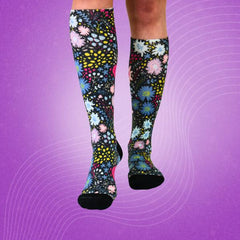
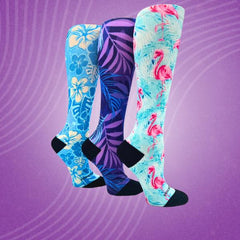
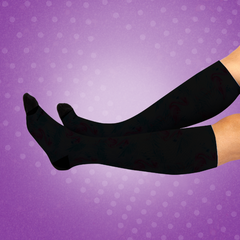

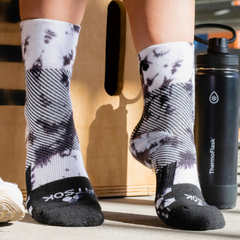
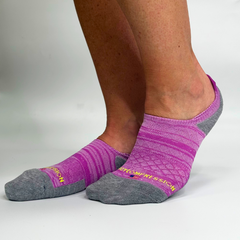

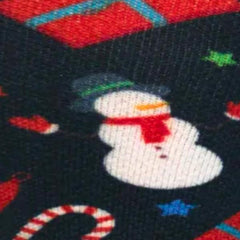

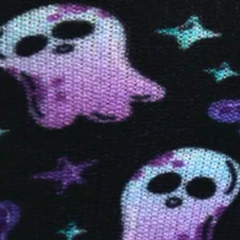
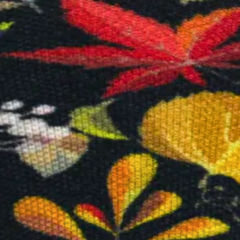

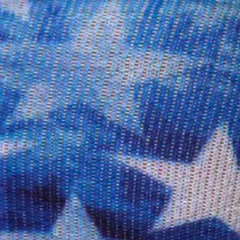


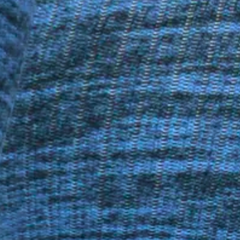
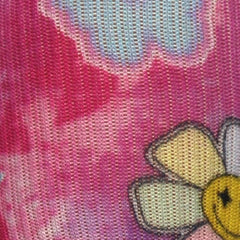

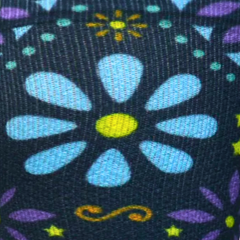
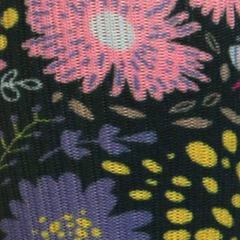
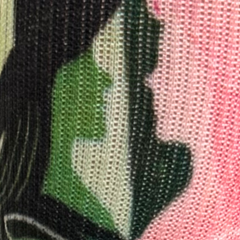
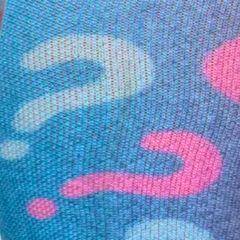
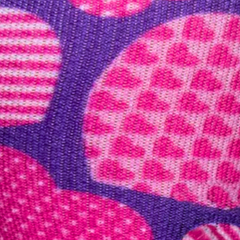
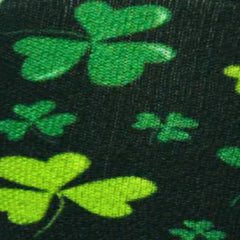
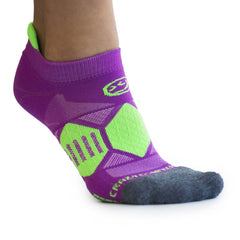

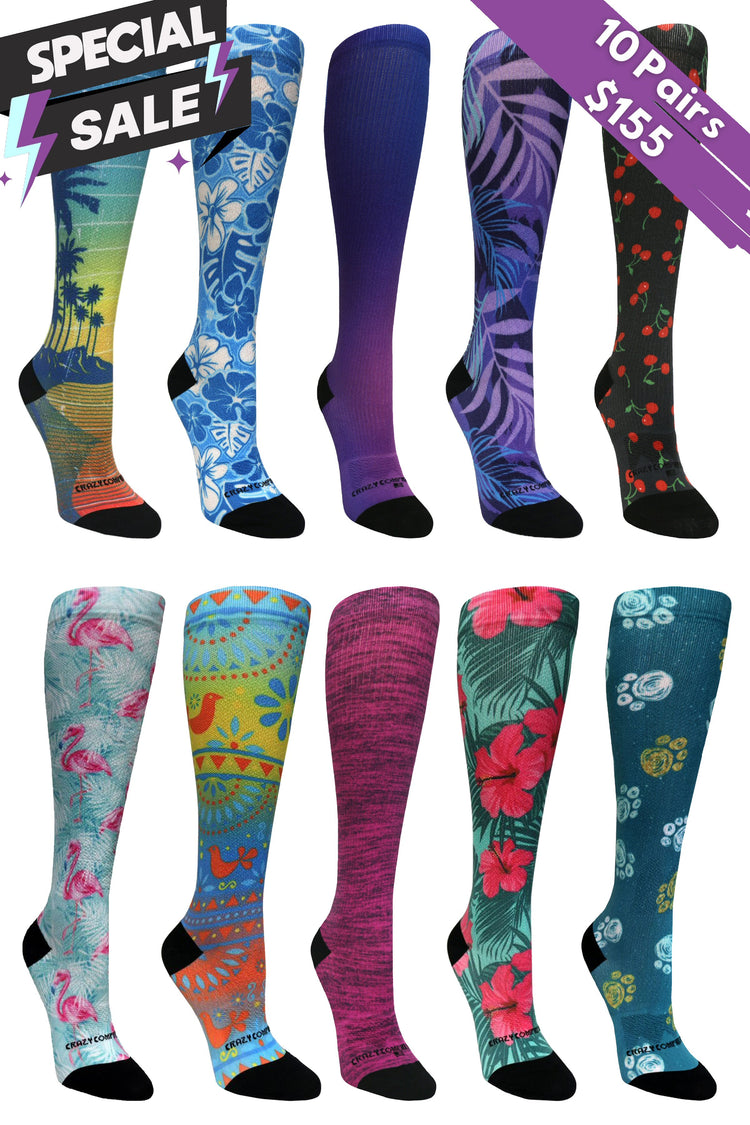


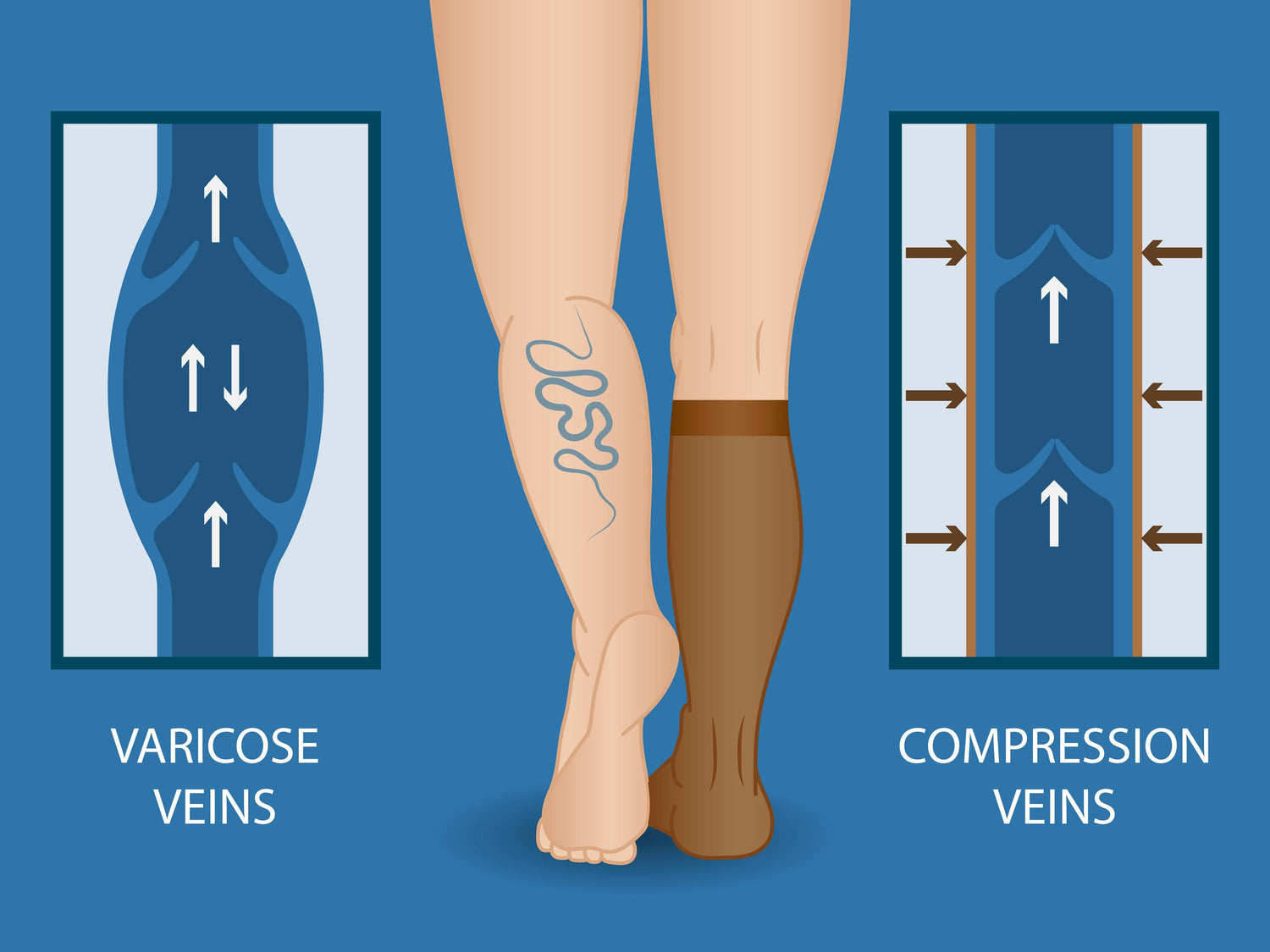
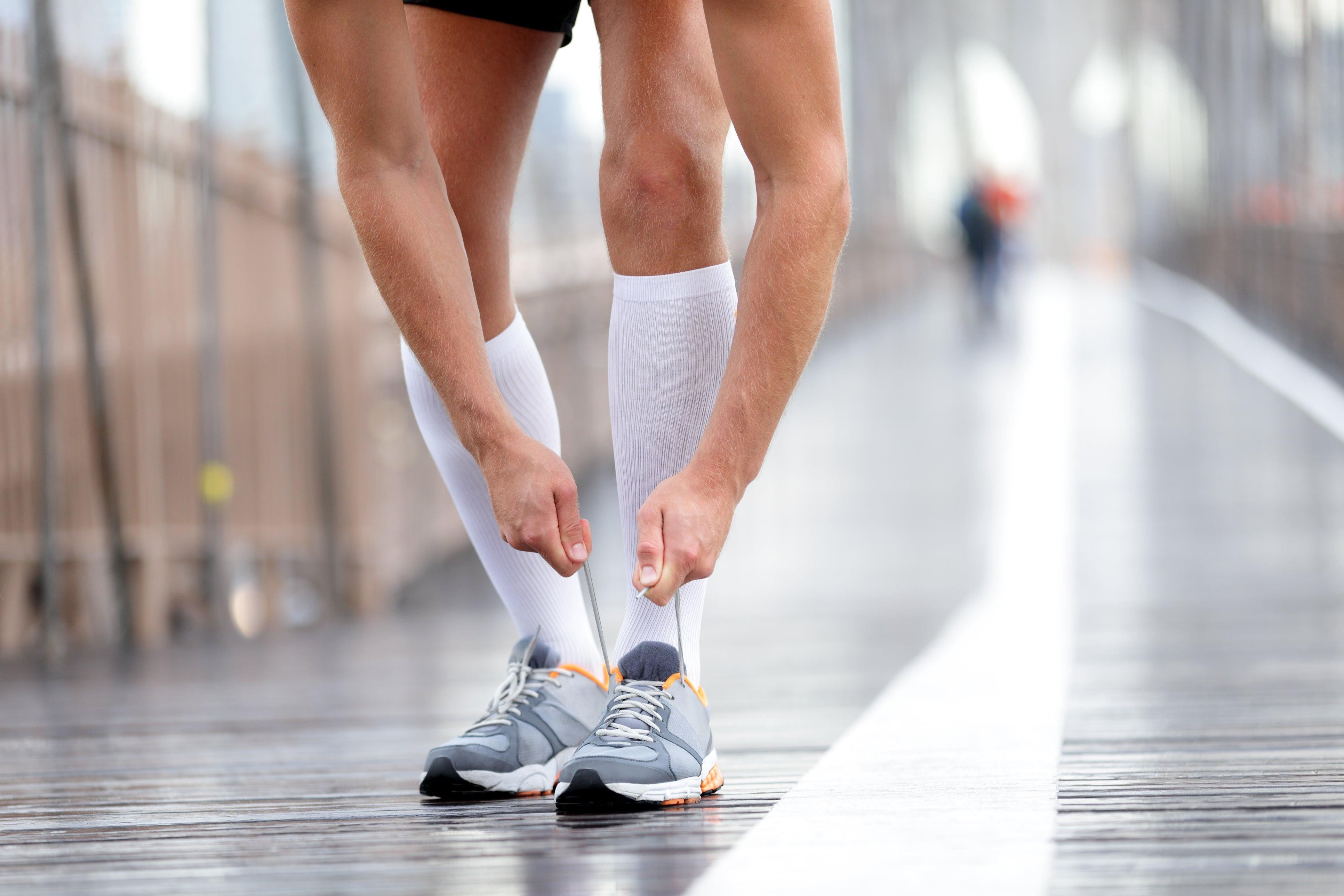
Leave a comment
This site is protected by hCaptcha and the hCaptcha Privacy Policy and Terms of Service apply.